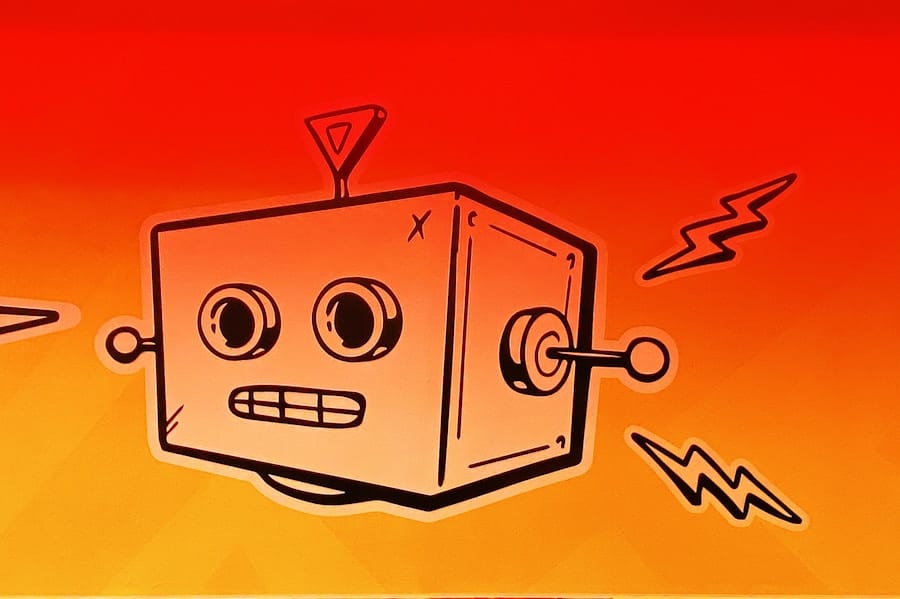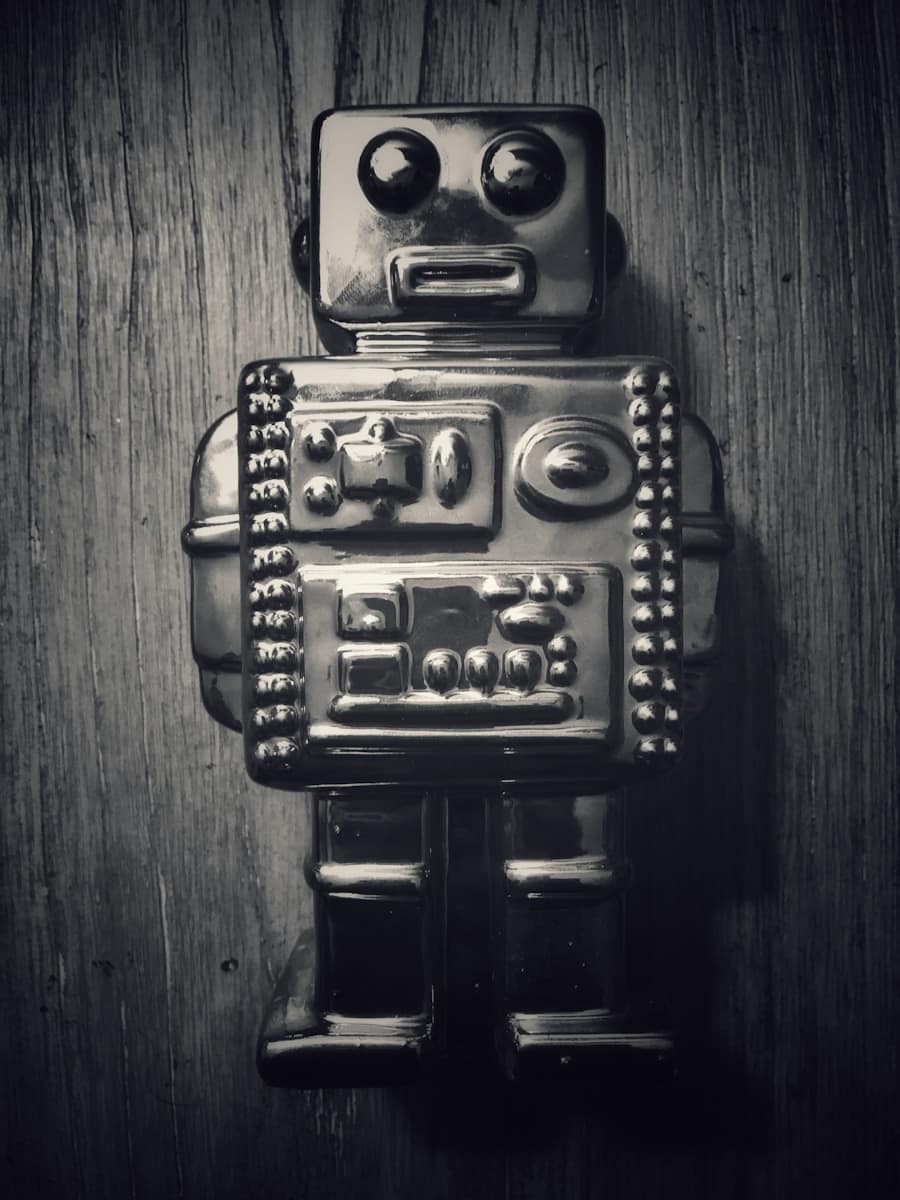Artificial Intelligence (AI) chatbots have emerged as transformative tools in the realm of customer service, marketing, and user engagement. These sophisticated programs are designed to simulate human conversation, allowing businesses to interact with customers in real-time, 24/7. The evolution of AI chatbots has been driven by advancements in machine learning, natural language processing (NLP), and data analytics, enabling them to understand and respond to user inquiries with increasing accuracy and relevance.
As organizations seek to enhance customer experiences and streamline operations, the deployment of AI chatbots has become a strategic imperative. The significance of AI chatbots extends beyond mere automation; they represent a shift in how businesses communicate with their audiences. By leveraging chatbots, companies can provide instant responses to frequently asked questions, guide users through complex processes, and even facilitate transactions.
This not only improves efficiency but also enhances customer satisfaction by reducing wait times and providing personalized interactions. As the technology continues to evolve, the potential applications of AI chatbots are expanding, making them an essential component of modern digital strategies.
Key Takeaways
- AI chatbots are computer programs that simulate human conversation through artificial intelligence.
- When choosing a platform for training your chatbot, consider factors such as ease of use, scalability, and integration with existing systems.
- Collect and prepare data for training by gathering relevant information from various sources and structuring it in a way that the chatbot can understand.
- Select and implement NLP tools that can help the chatbot understand and process natural language input from users.
- Train and test your chatbot to ensure that it can effectively communicate with users and provide accurate responses.
Choosing the Right Platform for Training
Selecting the appropriate platform for training an AI chatbot is a critical step that can significantly influence its performance and capabilities. Various platforms offer different features, integrations, and levels of complexity, catering to diverse business needs. Some popular platforms include Google Dialogflow, Microsoft Bot Framework, and IBM Watson Assistant.
Each of these platforms provides unique tools for building conversational agents, but the choice ultimately depends on factors such as the intended use case, technical expertise, and budget constraints. For instance, Google Dialogflow is renowned for its user-friendly interface and robust NLP capabilities, making it an excellent choice for businesses looking to create chatbots without extensive programming knowledge. On the other hand, Microsoft Bot Framework offers a more comprehensive development environment that allows for greater customization and integration with other Microsoft services.
Organizations must assess their specific requirements and resources before committing to a platform, as this decision will shape the chatbot’s functionality and user experience.
Collecting and Preparing Data for Training

Data is the lifeblood of any AI chatbot; it informs the model’s understanding of language and context. The process of collecting and preparing data for training involves several key steps that ensure the chatbot can effectively interpret user inputs and generate appropriate responses. Initially, businesses should identify the types of interactions they expect their chatbot to handle.
This could range from answering common customer queries to facilitating complex transactions. Once the scope is defined, organizations can gather relevant data from various sources such as customer service logs, social media interactions, and user feedback. After data collection, the next step is data preparation, which involves cleaning and structuring the data to make it suitable for training.
This may include removing irrelevant information, correcting errors, and standardizing formats. Additionally, organizations should consider augmenting their datasets with synthetic data or using transfer learning techniques to enhance the chatbot’s understanding of language nuances. Properly prepared data not only improves the chatbot’s accuracy but also reduces the likelihood of misunderstandings during interactions.
Selecting and Implementing Natural Language Processing (NLP) Tools
Natural Language Processing (NLP) is a cornerstone technology that enables AI chatbots to understand and generate human language. Selecting the right NLP tools is crucial for ensuring that the chatbot can accurately interpret user inputs and respond in a coherent manner. Various NLP libraries and frameworks are available, each offering different functionalities.
Popular options include spaCy, NLTK (Natural Language Toolkit), and Hugging Face’s Transformers library.
Implementing NLP tools involves integrating them into the chatbot’s architecture and configuring them to align with the specific use case.
For example, if a chatbot is designed to assist with customer support inquiries, it may require advanced sentiment analysis capabilities to gauge user emotions during interactions. Additionally, organizations should consider leveraging pre-trained models that can be fine-tuned for specific tasks, thereby accelerating development time while maintaining high performance levels. The effective use of NLP tools can significantly enhance a chatbot’s ability to engage users in meaningful conversations.
Training and Testing Your AI Chatbot
Once the data has been prepared and NLP tools have been implemented, the next phase is training the AI chatbot. This process involves feeding the prepared data into the model so that it can learn patterns in language usage and develop an understanding of how to respond appropriately to various inputs. Training typically requires multiple iterations to refine the model’s performance.
During this phase, organizations should monitor key performance indicators (KPIs) such as accuracy rates, response times, and user satisfaction scores to gauge the effectiveness of the training process. Testing is equally important as it allows developers to evaluate how well the chatbot performs in real-world scenarios. This can be achieved through various methods such as unit testing, where individual components are assessed for functionality, or user acceptance testing (UAT), where actual users interact with the chatbot to provide feedback on its performance.
By conducting thorough testing, organizations can identify areas for improvement and make necessary adjustments before deploying the chatbot to a wider audience.
Fine-Tuning and Improving Your Chatbot’s Performance

Adapting to Emerging Patterns
As user interactions increase, new patterns may emerge that require adjustments to the model. Fine-tuning involves retraining the chatbot with updated datasets that reflect recent interactions or changes in user behavior.
Gathering Ongoing Feedback
Organizations should implement mechanisms for gathering ongoing feedback from users after deployment. This feedback can provide valuable insights into areas where the chatbot may be falling short or where additional features could enhance its utility.
Driving Continuous Improvement
By analyzing user interactions and feedback systematically, businesses can make informed decisions about future updates or enhancements to their chatbots. Continuous improvement not only boosts user satisfaction but also reinforces the chatbot’s role as a valuable asset within the organization.
Deploying Your Chatbot on Different Platforms
Deployment is a critical phase in the lifecycle of an AI chatbot, as it determines how users will access and interact with it. Organizations must consider various platforms where their target audience is most active—this could include websites, mobile applications, social media channels like Facebook Messenger or WhatsApp, or even voice-activated devices like Amazon Alexa or Google Assistant. Each platform presents unique challenges and opportunities that must be addressed during deployment.
For instance, deploying a chatbot on a website may require integration with existing customer relationship management (CRM) systems or e-commerce platforms to facilitate seamless transactions. Conversely, deploying on messaging apps may necessitate adherence to specific guidelines set by those platforms regarding user privacy and data security. Organizations should also ensure that their chatbots are optimized for different devices and screen sizes to provide a consistent user experience across all platforms.
A well-planned deployment strategy can significantly enhance user engagement and satisfaction.
Monitoring and Maintaining Your Chatbot
The final stage in managing an AI chatbot involves ongoing monitoring and maintenance to ensure its continued effectiveness and relevance. Organizations should establish metrics for evaluating chatbot performance post-deployment, such as user engagement rates, resolution times for inquiries, and overall satisfaction scores. Regularly analyzing these metrics allows businesses to identify trends or issues that may arise over time.
In addition to performance monitoring, maintenance activities should include updating content based on new products or services offered by the organization or changes in customer preferences. Regularly scheduled reviews of the chatbot’s interactions can help identify common pain points or misunderstandings that users experience during conversations. By proactively addressing these issues through updates or retraining sessions, organizations can maintain a high level of service quality while fostering trust and loyalty among users.
In conclusion, developing an effective AI chatbot requires careful consideration at every stage—from initial planning through deployment and ongoing maintenance.
If you are interested in learning more about cutting-edge technology like AI chatbots, you may also want to check out this article on what makes the Google Pixel phone different. This article delves into the unique features and capabilities of the Google Pixel phone, offering insights into the latest advancements in smartphone technology.
FAQs
What is an AI chatbot?
An AI chatbot is a computer program that uses artificial intelligence to conduct a conversation with users, typically through text or voice interactions.
What are the benefits of training your own AI chatbot?
Training your own AI chatbot allows you to customize its responses to better suit your specific needs and requirements. It also provides a deeper understanding of how AI chatbots work and can be a valuable learning experience.
Do I need coding experience to train my own AI chatbot?
No, you do not need coding experience to train your own AI chatbot. There are user-friendly platforms and tools available that allow you to train an AI chatbot using a simple, intuitive interface.
What are some popular platforms for training AI chatbots without coding experience?
Some popular platforms for training AI chatbots without coding experience include Chatfuel, ManyChat, and Botsify. These platforms offer drag-and-drop interfaces and pre-built templates to simplify the training process.
What are the steps involved in training an AI chatbot with no coding experience?
The steps involved in training an AI chatbot with no coding experience typically include defining the chatbot’s purpose, creating conversation flows, adding responses, testing the chatbot, and deploying it to your desired platform.
Can I integrate my AI chatbot with other platforms and tools?
Yes, many AI chatbot platforms allow for easy integration with other platforms and tools, such as social media, websites, and customer relationship management systems. This allows you to reach your audience across multiple channels.

